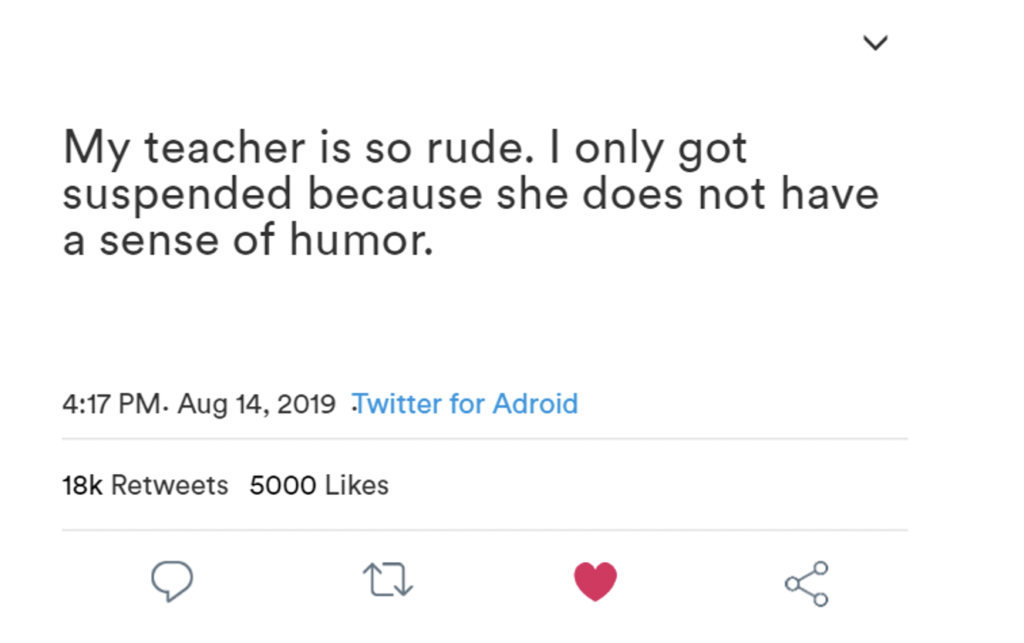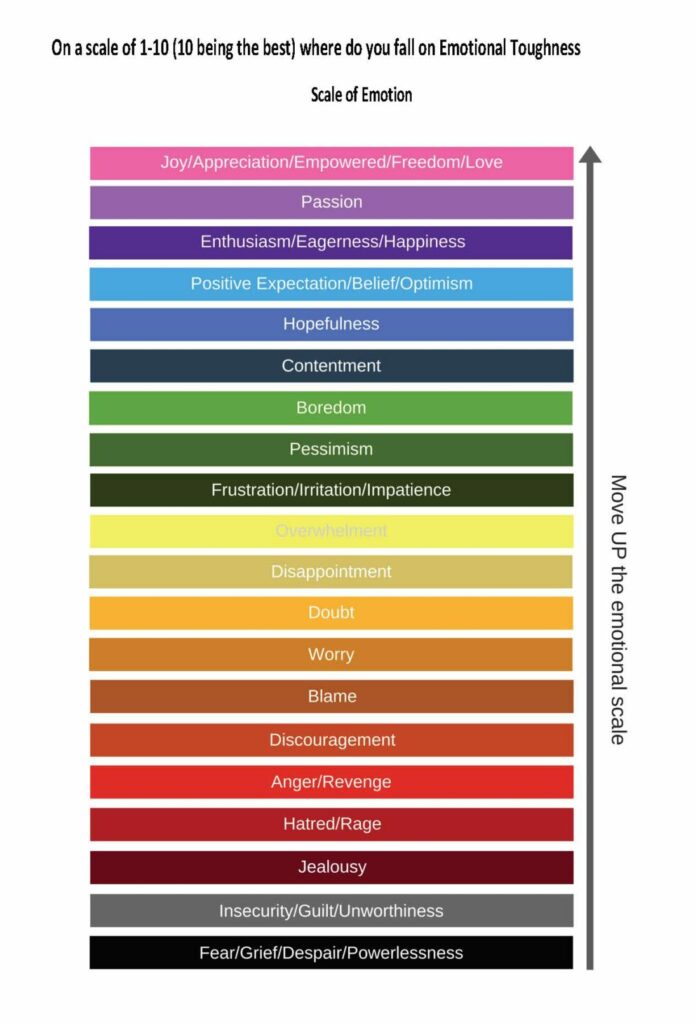Digital Citizenship (Grades 6-12)

Overview:
Teaching students to think about their digital citizenship through the lens of integrity is important in this digital world. This lesson will give students an opportunity to discuss ways to engage an active conscience to model integrity as digital citizens.
Character Education Objectives:
Students will:
- explore their digital footprint.
- discuss why it is important to protect your identity and reputation online and offline.
- utilize Rules of an Active Conscience to determine what to post on social media.
Materials:
Lesson:
Journal: (5 mins)
- Google yourself.
- Write down what you noticed about your digital footprint.
Whole Group Discussion (15 mins)
- Share what you noticed about your digital footprint.
- Why is it so important to be a good digital citizen in today’s world?
- Share headlines of digital footprints impacting citizens:
- Harvard rescinded 10 offers of enrollment for students who posted explicit and racist pictures on social media.
- Woman tweeted a racist post about her trip to Africa when she boarded the plane. She was fired by her boss before the plane landed.
- Students photoshopped an unflattering picture of a teacher and posted it on the Internet. They students involved were suspended, legal charges were filed, and the students faced five years in jail and a $10,000 fine.
- A woman posted a picture of herself dressed like a Boston Marathon Bombing victim to Instagram for Halloween. She was fired because of the insensitive nature of the post.
- Students posted a meme making light of gun violence at school and they were arrested. Students who liked the post were suspended.
- What you share on social media matters. It can impact you today and in your future plans and career. Your digital footprint exists and can be used against you when you least expect it. Something you find funny or impulsively post can get you fired, arrested, or fined.
- Discuss in small groups how the Rules of An Active Conscience can help you decide what to post on social media.
Small Group Discussion (15 mins)
- Read each Social media post on the To Post or Not To Post Handout and determine which of the Rules of Active Conscience it breaks.
- Share your findings with the teacher.
Exit Ticket:
- Generate a social media post that meets the Rules of Active Conscience.
- Use the following site to create a fake account post: https://zeoob.com/ if students do not have one they can use.






